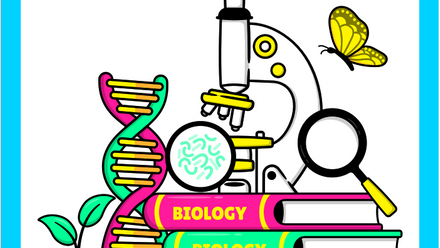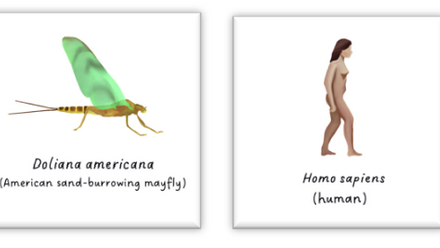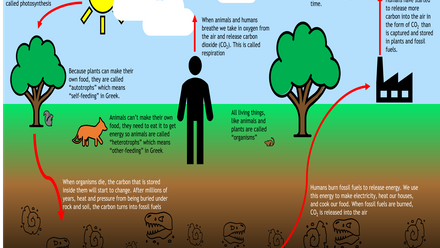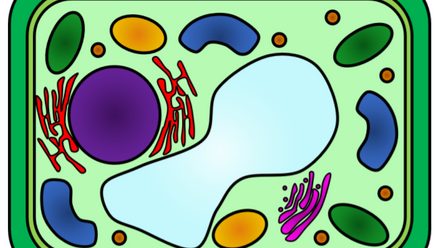Scavenger Hunt Selfie Challenge

This Scavenger Hunt Selfie Challenge was created for the public engagement event that will be held on 3 July 2023 in partnership with the Royal Botanic Garden Edinburgh (RBGE).
Feel free to download and adapt it according to your conditions/environment!
You can also find here:
- The RBGE map to help you to complete this activity if you are lucky to be there!
- More information about the endangered plants highlighted in the scavenger hunt below:
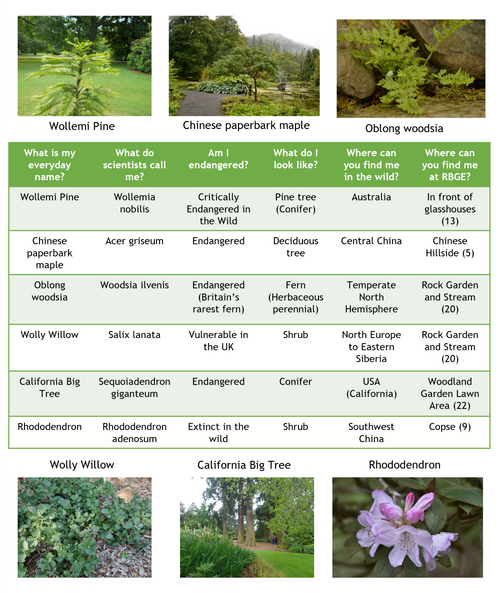
 Wollemi Pine (Wollemia nobilis)
Wollemi Pine (Wollemia nobilis)
If you were able to find the Wollemi Pine, you were face-to-face with a “living fossil” or, also called, a “Lazarus taxon”!
Let’s explain: This evergreen conifer with needle-like leaves was first found in 1994 in Wollemi National Park in Australia by David Noble. However, it showed the same characteristics as a prehistoric fossil. This indicated that this type of plant had a very long fossil record. For being a living organism representing such a prehistoric plant group, this plant is also referred to as a living fossil.
The term “Lazarus taxon” comes from a Bible reference. Lazarus was brought back from the dead by Jesus, as the Wollemi Pine came back to life once they were thought to be extinct because its fossil was found prior to finding a few living members.
Currently, there are less than 100 trees occurring in a small area that can be impacted by pathogens, intense wildfires, and other habitat threats which is why this plant is classified as critically endangered. Some of these trees are thought to be up to 1,000 years old. As a conservation effort, these trees were sent to different locations in the world, including the Royal Botanic Garden Edinburg.
This means that Wollemi Pine is one of the world’s most ancient and rarest trees!
Curiosity! The monkey puzzle tree is one of its cousins – one of the closest living relatives.
References
- "The living fossil." Botanics Stories - Royal Botanic Garden Edinburgh posted by Connor Smith, 2019. Retrieved from: https://stories.rbge.org.uk/archives/30864
- "Wollemi pine (Wollemia nobilis)". Royal Botanic Gardens Kew. Retrieved from: https://www.kew.org/plants/wollemi-pine
- Pastoriza-Piñol, J. (2007). 590. WOLLEMIA NOBILIS. In Curtis’s Botanical Magazine (Vol. 24, Issue 3, pp. 155–161). Wiley. https://doi.org/10.1111/j.1467-8748.2007.00579.x
- "Research Collections - The role of Scottish Plants in RBGE's Living Collections for Research and Conservation." Aline Finger & Martine Borge. Retrieved from: https://www.rbge.org.uk/media/8794/researchcollections.pdf
- "Plant 275 - Wollemia nobilis W.G. Jones, K.D.Hill & J.M. Allen (Araucariaceae)." Oxford PLants 400. University of Oxford. Retrieved from: https://herbaria.plants.ox.ac.uk/bol/plants400/Profiles/wx/Wollemia
- P.Thomas, 2019, Wollemia nobilis. Retrieved from: ‘Threatened Conifers of The World’ (https://threatenedconifers.rbge.org.uk/conifers/wollemia-nobilis)
 Chinese paperbark maple (Acer griseum)
Chinese paperbark maple (Acer griseum)
The Chinese paperbark maple is a slow-growing tree which has brown peeling bark and an interesting copper-colour inner bark, which explains its name “paperbark maple”. Oh, and Chinese because these plants’ natural habitats are Central China. These trees are endangered because of habitat threats and because a big part of their seeds are non-viable, which means they can’t develop into new trees.
Another interesting characteristic of these trees is their leaves. The underside of it is grey (this explains its scientific name “griseum”) with amazing colours, including red and orange, on the top surface during autumn.
How do they come to grow here in RGBE, then? In 1901, Ernest Wilson, an English plant collector, brought these maples to Scotland and other western gardens.
References
- "Acer griseum, the paperbark maple". Anthony S. Aiello, Kris R. Bachtell, Michael S. Dosmann, and Kang Wang. International Dendrology Society. Retrieved from: https://www.dendrology.org/publications/tree-of-the-year/acer-griseum-the-paperbark-maple/
- "Paperbark Maple". Royal Botanic Garden Edinburgh. Retrieved from: https://www.rbge.org.uk/support-us/celebrate-life/tree-sponsorship/tree-sponsorship-gallery/paperbark-maple/
- "Acer griseum". Cambridge University Botanic Garden. Retrieved from: https://www.botanic.cam.ac.uk/the-garden/plant-list/acer-griseum/
 Oblong woodsia (Woodsia ilvenis)
Oblong woodsia (Woodsia ilvenis)
This is one of Britain’s rarest ferns with less than 100 plants in the UK!
Its past decline has been related to “Pteridomania” and the opening up of railways. Pteridomania refers to the practice of fern collectors in getting these plants for cultivation or even pressed samples. It was worse during the Victorian age. With the railways reaching places where these ferns were found, it was easy to get hold of them.
Nowadays, scientists are not sure why the population of oblong woodsia keeps declining. The RBGE is part of the Scottish Rare Plants Programmes, which introduced some of these ferns in the wild and monitored them. Although, with a good survival rate, there were no signs of natural reproduction in the wild.
References
- "Fern Conservation - Celebrating our Science and Horticulture throughout March for International Women's Day." Botanics Stories - Royal Botanic Garden Edinburgh posted by Robyn Drinkwater, 2016. Retrieved from: https://stories.rbge.org.uk/archives/19571
- "Stumperies and Rooteries". Botanics Stories - Royal Botanic Garden Edinburgh posted by Johanna Lausen-Higgins, 2022. Retrieved from: https://stories.rbge.org.uk/archives/36862
- "RBGE 1970-2020". Botanics Stories - Royal Botanic Garden Edinburgh posted by Alex Davey, 2020. Retrieved from: https://stories.rbge.org.uk/archives/34099
 Wolly Willow (Salix lanata)
Wolly Willow (Salix lanata)
If you carefully touch its leaves, you will understand where the woolly willow got its name from. Their pale green leaves have a “wolly” (= made of wool) surface. They are low-growing shrubs that used to grow in the mountains.
Similar to oblong woodsia (Britain’s rarest fern), woolly willow is part of the Scottish Rare Plants Programme – which focus on maintaining these plants in the Botanic Garden and in the wild, assisting with their reproduction, and planting them in the wild. For example, scientists have been getting seeds and specific parts of these plants found in the wild and taking care of and growing them.
As to highlight the decline of these plant populations, climate change consequences and the importance of conservation, the designer Sarah Clarkson even created a range of wolly bags inspired by these and other endangered plants.
References
- "RBGE 1970-2020". Botanics Stories - Royal Botanic Garden Edinburgh posted by Alex Davey, 2020. Retrieved from: https://stories.rbge.org.uk/archives/34099
- "Salix lanata and Wolly Originals". Botanics Stories - Royal Botanic Garden Edinburgh posted by Robyn Drinkwater, 2019. Retrieved from: https://stories.rbge.org.uk/archives/30782
- "Nehind the scenes of Scottish Conversation Horticulture at RBGE with a Robertson Trust Intern". Botanics Stories - Royal Botanic Garden Edinburgh posted by Martine Borge, 2020. Retrieved from: https://stories.rbge.org.uk/archives/34291
 California Big Tree (Sequoiadendron giganteum)
California Big Tree (Sequoiadendron giganteum)
These massive trees with fruits that are cones are impressive by their size and age. Found in the wild in the Sierra Nevada Mountain range in California, there are less than 80,000 trees. It sounds a lot, but it isn’t and they are endangered. The oldest of these Sierra Redwoods trees in the wild have been thought to have more than 3,000 years old! The tallest is around 95 metres (311 ft) high, which is around the same size as the Big Ben in London!
The ones you might see in the RBGE were planted in 1920s and are more than 24 m high.
The RGBE is part of the International Conifer Conservation Programme and has been working with scientists from more than 50 countries to conduct conservation assessments and efforts.
References
- "Giant Redwood" with Alan Bennell. Botanics Stories - Royal Botanic Garden Edinburgh posted by Robyn Drinkwater, 2013. Retrieved from: https://stories.rbge.org.uk/archives/34099https://stories.rbge.org.uk/archives/6445
- "Woodland Garden (and Peat Walls)". Botanics Stories - Royal Botanic Garden Edinburgh posted by Robyn Drinkwater, 2013. Retrieved from: https://stories.rbge.org.uk/archives/34099https://stories.rbge.org.uk/archives/6362
- "RBGE 1970-2020". Botanics Stories - Royal Botanic Garden Edinburgh posted by Alex Davey, 2020. Retrieved from: https://stories.rbge.org.uk/archives/34099
 Rhododendron (Rhododendron adenosum)
Rhododendron (Rhododendron adenosum)
Rhododendrons are a group of plants (genus) that contain more than 1,000 different species. They are often shrubs and or small trees (with rare large trees).
The Rhododendron adenosum is one specie that is thought to be extinct in the wild! This means there isn’t any tree left in their natural habitat anymore, only the ones cultivated in gardens such as the one you saw (or are about to see) in the RBGE. This shrub was collected by a plant collector called Joseph Rock and brought from the mountains of Sichuan province in China. The buds are pink with white internal parts with spots.
The RBGE is part of the Global Conservation Consortium for Rhododendron. This means it maintains and researches these plants in an effort to keep the organisms alive and learn with them. One of the researchers was to use artificial intelligence to identify the different species of Rhododendrons.
References
- "Two Rocks and a Schilling". Botanic Stories - Royal Botanic Garden Edinburgh posted by Robyn Drinkwater, 2009. Retrieved from: https://stories.rbge.org.uk/archives/8832
- "Rhododendron adenosum". Royal Botanic Gardens Kew. Retrieved from: https://powo.science.kew.org/taxon/urn:lsid:ipni.org:names:331877-1#source-KBD
- Rhododendron Species Conservation Group. Retrieved from: https://rscg.org.uk/#:~:text=There%20are%20about%201%2C200%20species%20of%20rhododendron

